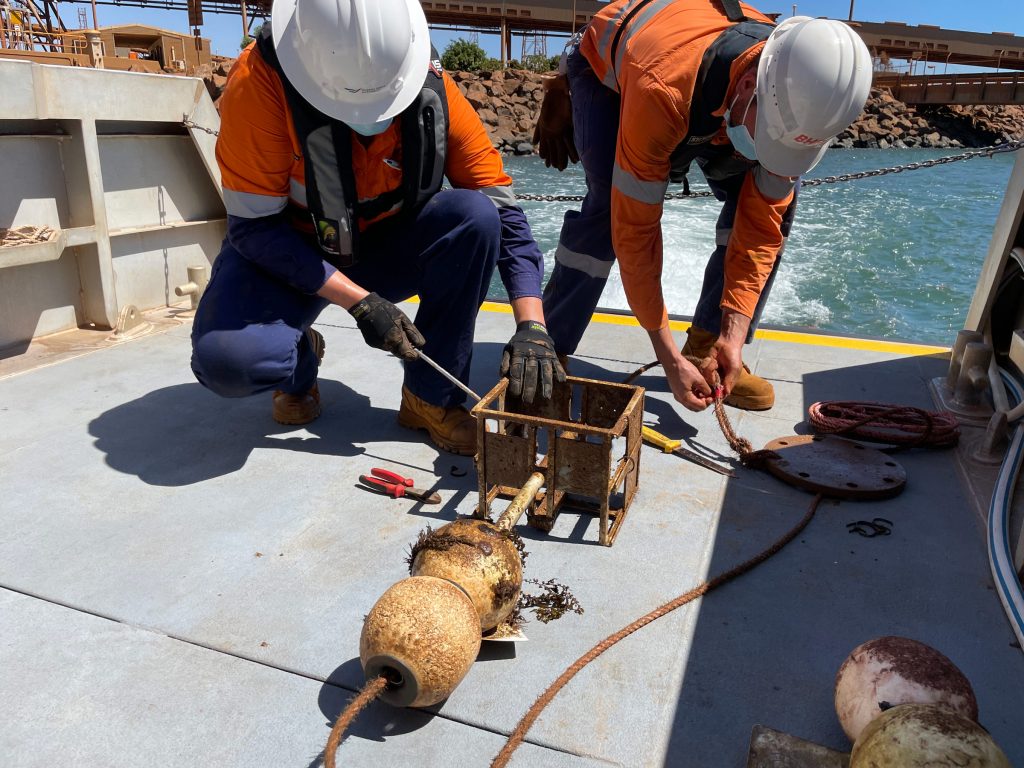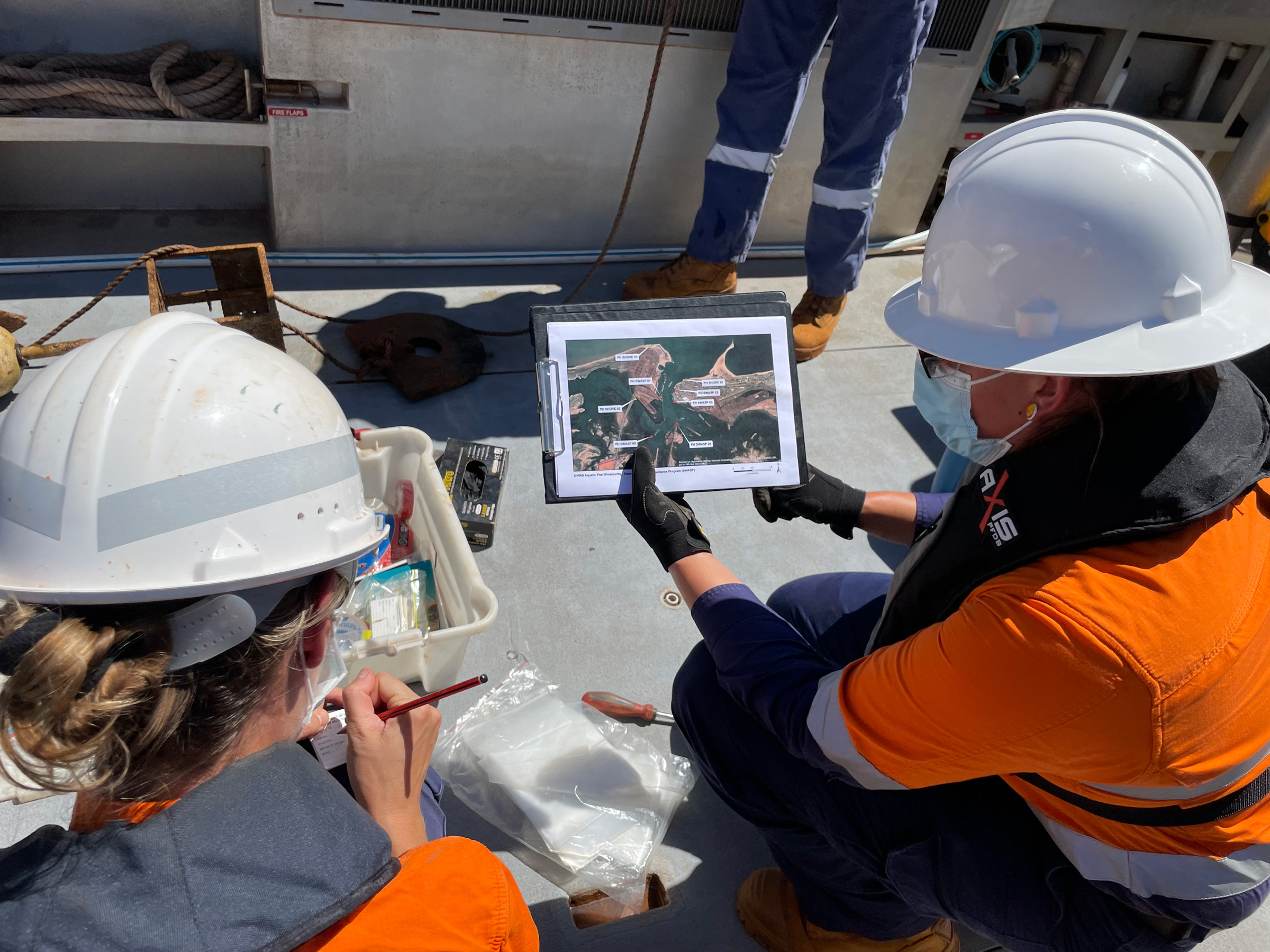The summer report of the State-Wide Array Surveillance Program has found the Port of Port Hedland is clear of introduced marine pests.
The SWASP is a network of underwater settlement arrays that detect introduced marine pests before they can become established.
Marine growth on the arrays is collected twice a year, analysed, and compared against a library of DNA of known marine pest species developed by the Aquatic Pest Biosecurity unit, as well as publicly available databases. A shoreline survey of areas in and around the port is also undertaken at the same time as the array retrievals.
PHIC partnered with Pilbara Ports Authority and the Department of Primary Industries and Regional Development to implement the SWASP at the Port of Port Hedland.
The surveillance system now forms a network that spans more than 11,000km of WA coastline across the 12 ports.
Early detection of invasive marine species is one of the most effective marine biosecurity strategies, as eradicating established introduced marine pests is costly and challenging.
A world-first in the use of molecular techniques by a collaborative marine biosecurity surveillance network, SWASP has been recognised with a State Golden Gecko Award for Environmental Excellence, an Australian Biosecurity award and an Institute of Public Administration Australia award.
Read more about the program and results of the latest report here.



